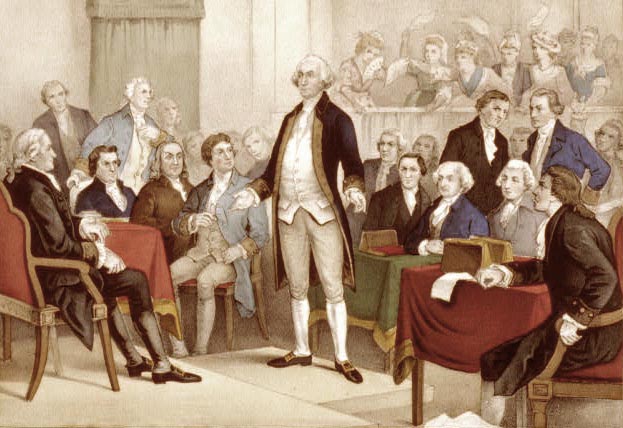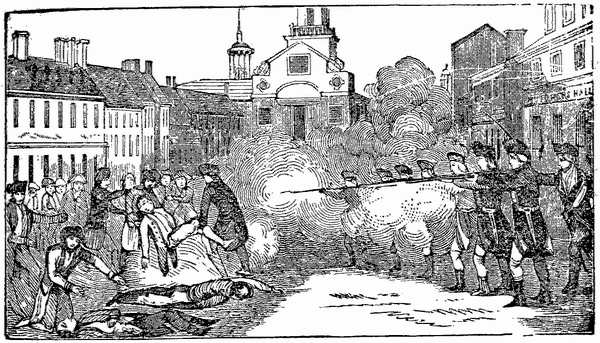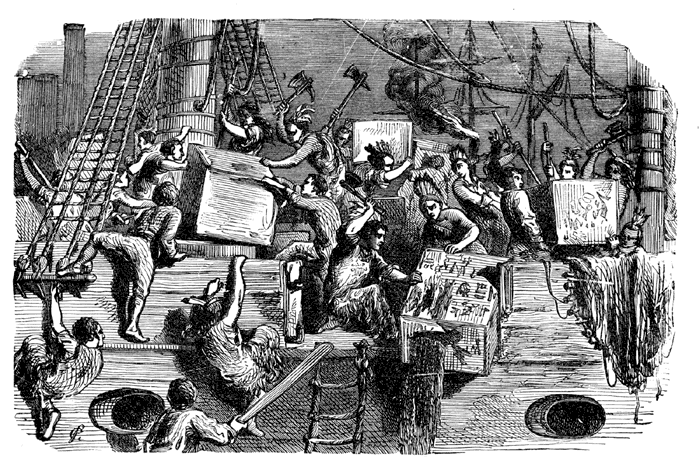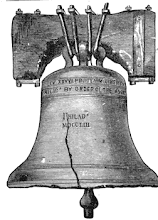From The Volokh Conspiracy and Alliance Defense Fund:
Judicial Deference to Congress Versus Judicial Deference to State Legislatures
Orin Kerr • September 28, 2010 2:51 am
In an editorial observer column for the New York Times, Linc Caplan makes the following argument that Justice Breyer is a centrist Justice:
[Justice Breyer] fits no conventional model of a liberal. The historian Jeff Shesol wrote in The Times Book Review: “Breyer has been less willing than any of his fellow justices to overturn acts of Congress.” The Supreme Court now has no old-fashioned liberals, like William Brennan or Thurgood Marshall. If it did, Justice Breyer’s deference to Congress would likely make him a centrist.
Whatever you think of Justice Breyer — and of the comparison of Breyer to Brennan and Marshall — Caplan’s argument appears to be based on an erronenous assumption. Specifically, Caplan assumes that a Justice’s deference to federal laws reflects that Justice’s deference to legislative acts more broadly. Not so. Recall this chart I posted in 2008. As that chart shows, liberal Justices vote to strike down more state laws than conservative Justices and conservative Justices vote to strike down more federal laws than liberal Justices. Putting the figures together, the overall rate of striking down legislation is surprisingly flat among the Justices.
Sure, if you want to cherry-pick some stats to make Justice Breyer seem like a paragon of judicial restraint, you ignore the state cases and just recite the figure for challenges to federal laws. But you could cherry-pick the other way to reach the opposite conclusion: If you want Breyer to come off as a judicial activist, you note that he is among the Justices most likely to strike down state legislation. The reality is more complicated: Breyer is roughly average among the Justices in terms of how often he votes to strike down legislation, with his tendencies, like those of the other liberal Justices, being more likely than average to strike down state laws and less likely than average to strike down federal laws.
The state/federal gap in rates of voting to uphold legislative acts is nothing new. Contrary to Caplan’s assumption, Justices Brennan and Marshall didn’t vote to strike down federal legislation very often. I don’t have the stats handy, but generally speaking their votes to strike down legislation were focused on state laws, not acts of Congress. This reflected the ideological valence of the kinds of issues that tended to get to the Supreme Court, and still do today: Challenges to federal laws are more likely than not to have a conservative ideological valence (think Commerce Clause), while challenges to state laws are more likely than not to have a liberal ideological valence (think abortion, death penalty, Establishment Clause, etc.). That’s not always true, of course, but it does seem to be the trend more often than not.
None of this means that Caplan is wrong that Breyer is a centrist, which I think may or may not be true depending on your scale. And I think Breyer is clearly less of a “Liberal Champion” than Justices Brennan and Marshall. But the methodology of measuring such things by focusing on striking down acts of Congress is quite misleading. (Incidentally, I e-mailed Jeff Shesol about this when his Times book review came out last week. Unfortunately, he did not respond.)
Subscribe to:
Post Comments (Atom)
.gif)































No comments:
Post a Comment